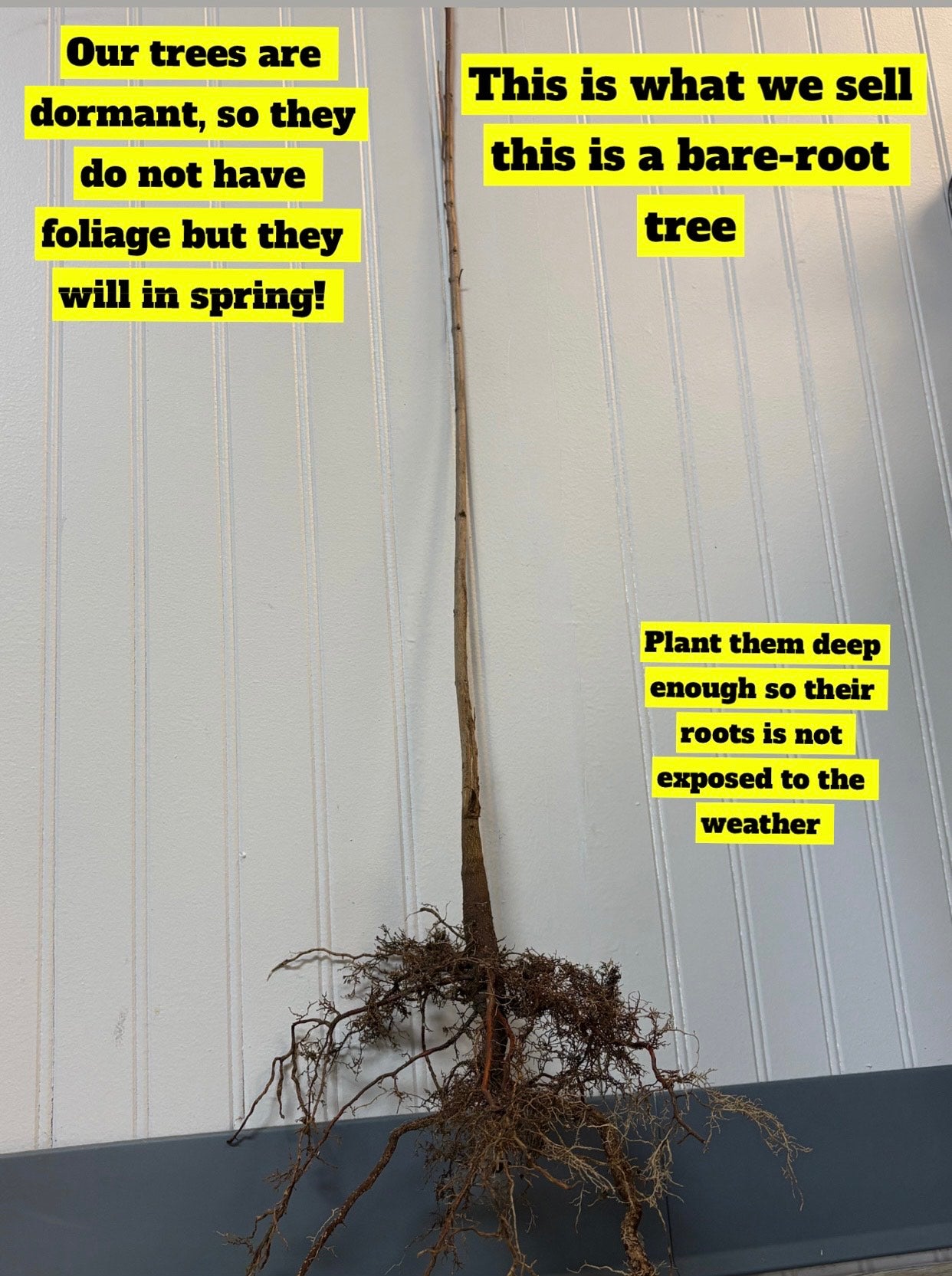



Removes & Absorbs Toxins
Improves Air Quality
Low maintenance & easy to grow
Buy Tuliptrees Liriodendron Tulipifera Online
The Tuliptree enjoys a close kinship with the Magnolia family, and its fantastic spring blooms make it a highly sought-after ornamental asset. It often matures to 70-90 feet with a broad 30- to 50-foot spread. They can reach heights of 120 or taller. Its immense size and ability to deliver abundant shade task property owners by giving it plenty of space.
The Tuliptrees Have A Lovely Fragrance
In spring, it is covered with yellow, orange, and green flowers and ranks among the largest fragrance varieties. Its stems and blooms give off a lovely aromatic scent that enhances the surrounding landscape. It remains an essential source for wildlife. White-tailed deer, rabbits, birds, and squirrels benefit from its leaves, stems, and seeds. The nectar produced by the spring blooms also attracts hummingbirds and butterflies.
The Foliage Of This Colorful Tree
Its leaves typically reach 3-6 inches, and the canopy grows oval. Its fall foliage remains a reliable golden-yellow, although it also offers colorful seeds during the summer months.
Planting These Fast-Growing Native Trees
Because it ranks among the largest, fast-growing native ornamentals in North America, property owners typically need abundant space to maximize its benefits. Some landscapes feature it as a standalone asset away from buildings. This use allows property owners to enjoy the prominent shade, aromatic scents, and hummingbirds it attracts while relaxing under it. These are other items to consider when including it in a landscape.
- Light: It prefers at least 6 hours of full sun daily but can succeed in areas with at least 4 hours of sunlight daily.
- Soil: They thrive in moist, well-drained, acidic soil conditions. They can tolerate alkaline soils and prefer spring plantings to fall. It usually requires consistent moisture; its leaves will pale yellow in arid conditions.
- Hardiness: It thrives in Zones 4-9, and property owners would be wise to monitor pests such as aphids. Canker and verticillium wilt can also present health issues.
Maintenance
Maintaining It Does Not Require a Herculean Effort
The Tuliptrees thrive with early spring fertilizing and casual monitoring for pests and potential blight. Because they increase, it’s essential to prune weak or dead branches as needed. Remember that they require moisture, so consistently water them during a drought.
It delivers that “wow factor” to residential properties and has been widely integrated into recreational spaces. If you are considering adding it to your property, our TN nursery has a complete inventory ready to plant.
This Is How Your Plants Will Look upon Delivery
Bloom Season
Bloom/Foliage Color
Yellow
Shipping date depends on the date displayed and chosen when you order from the product's page.
We do not offer warranties on products after 5 days past receiving your plants.
Our Blogs
By signing up, you agree with our privacy policy.






